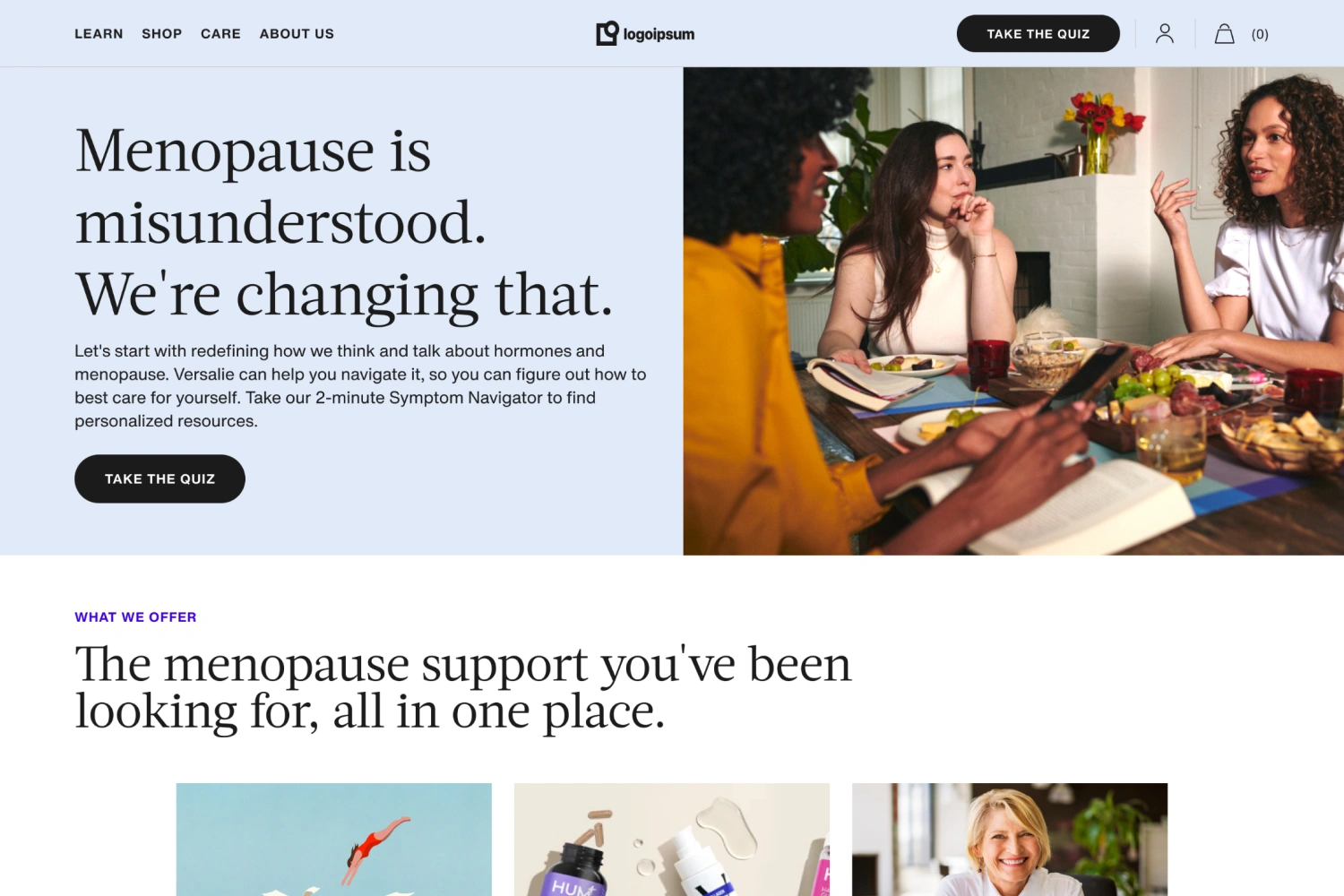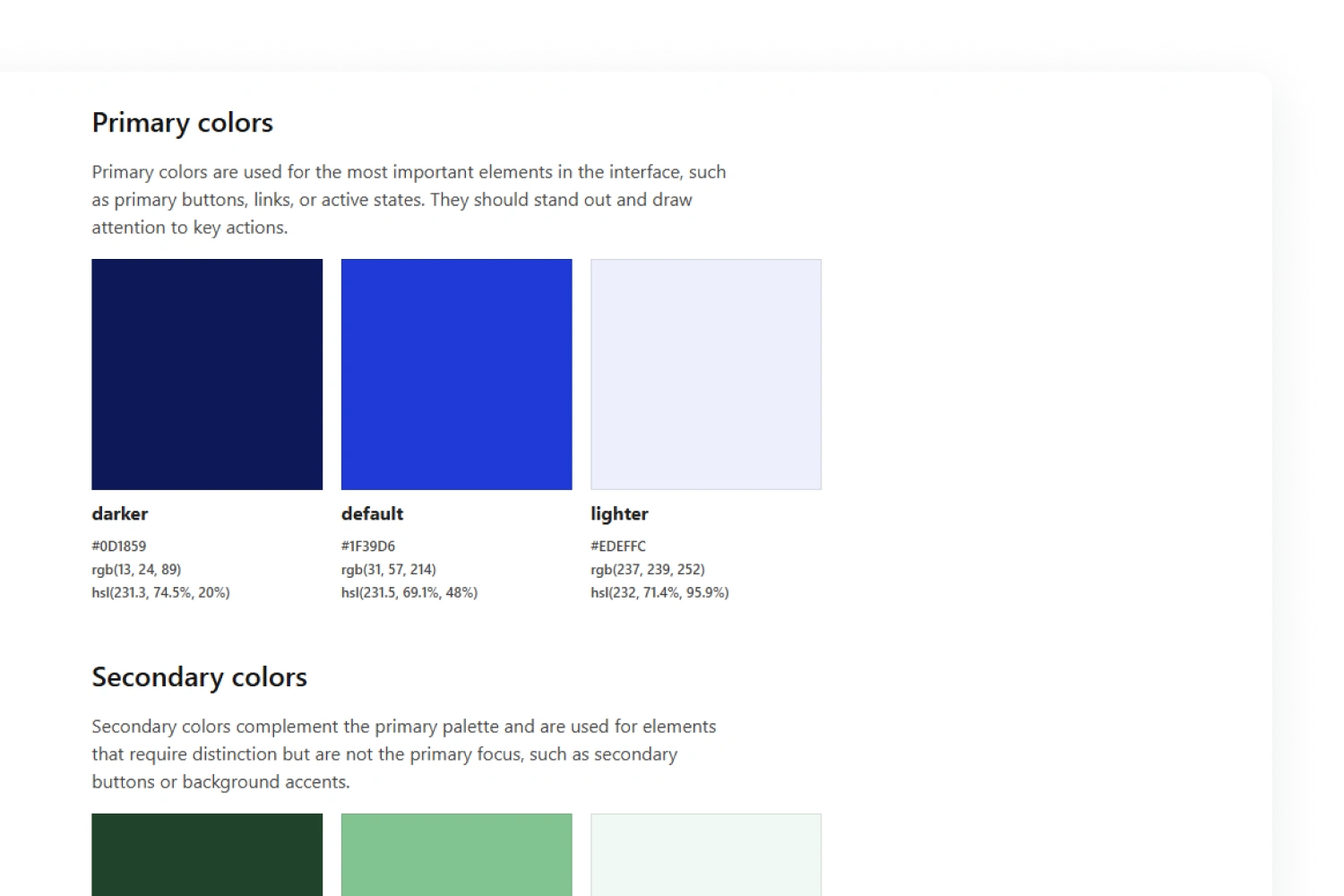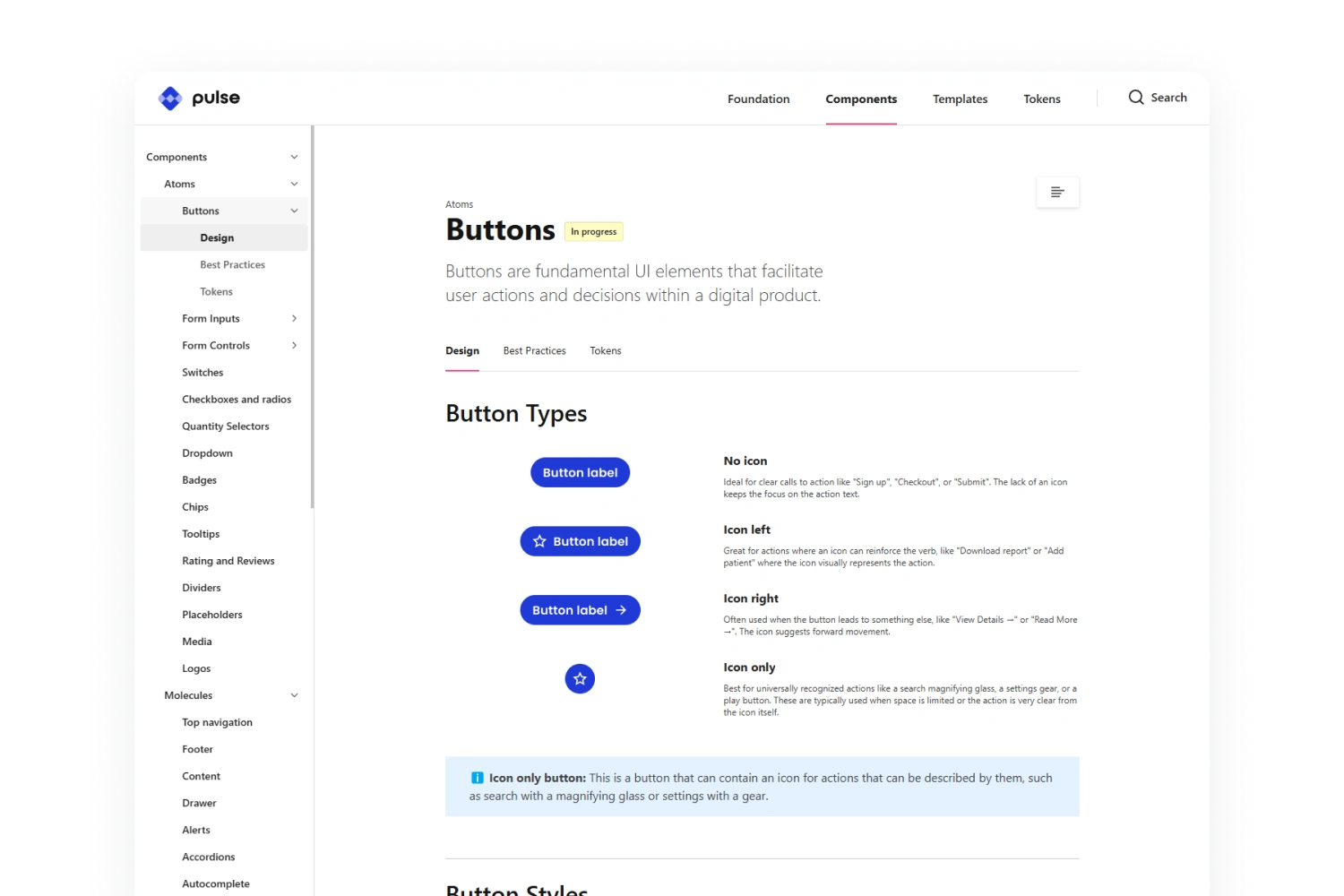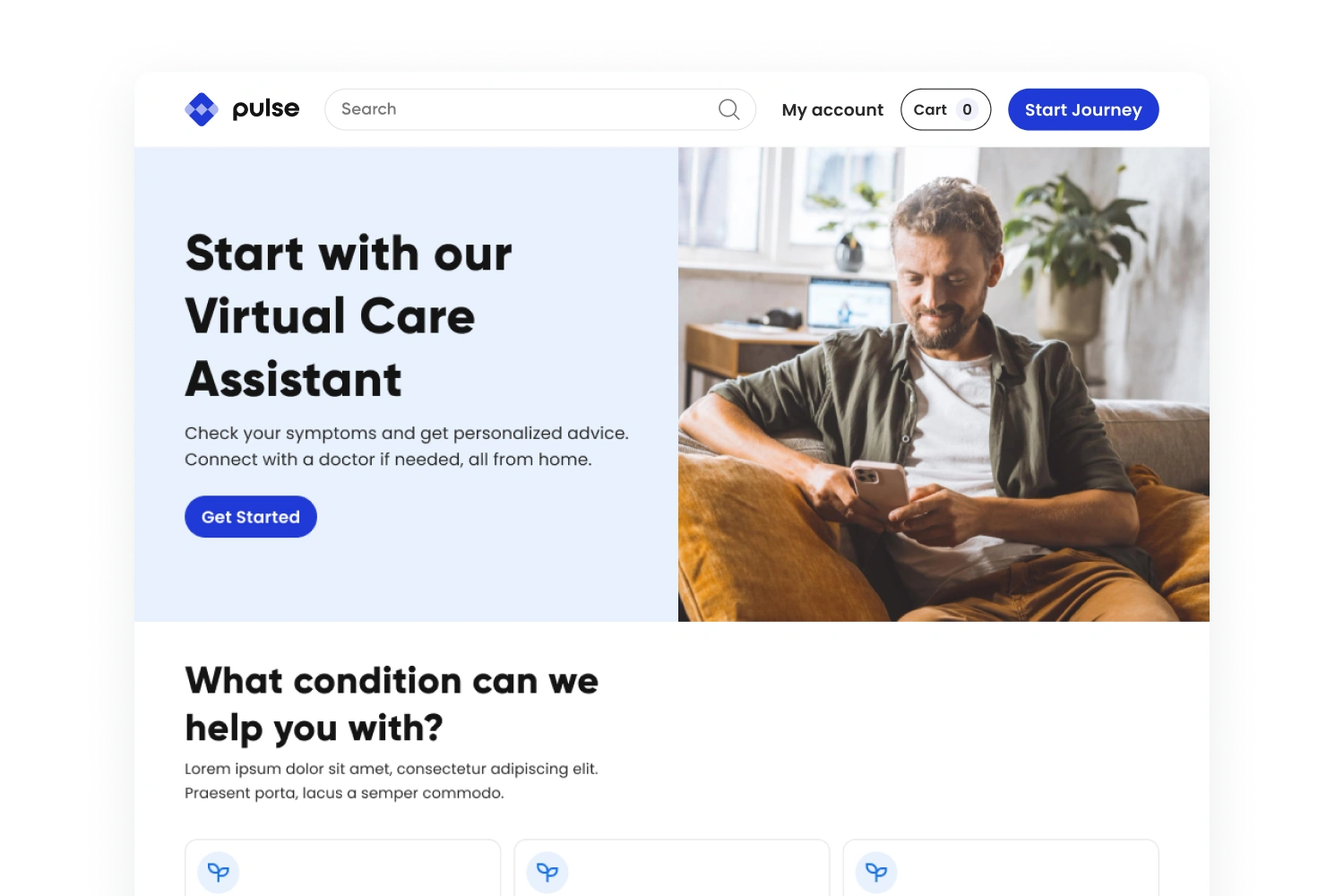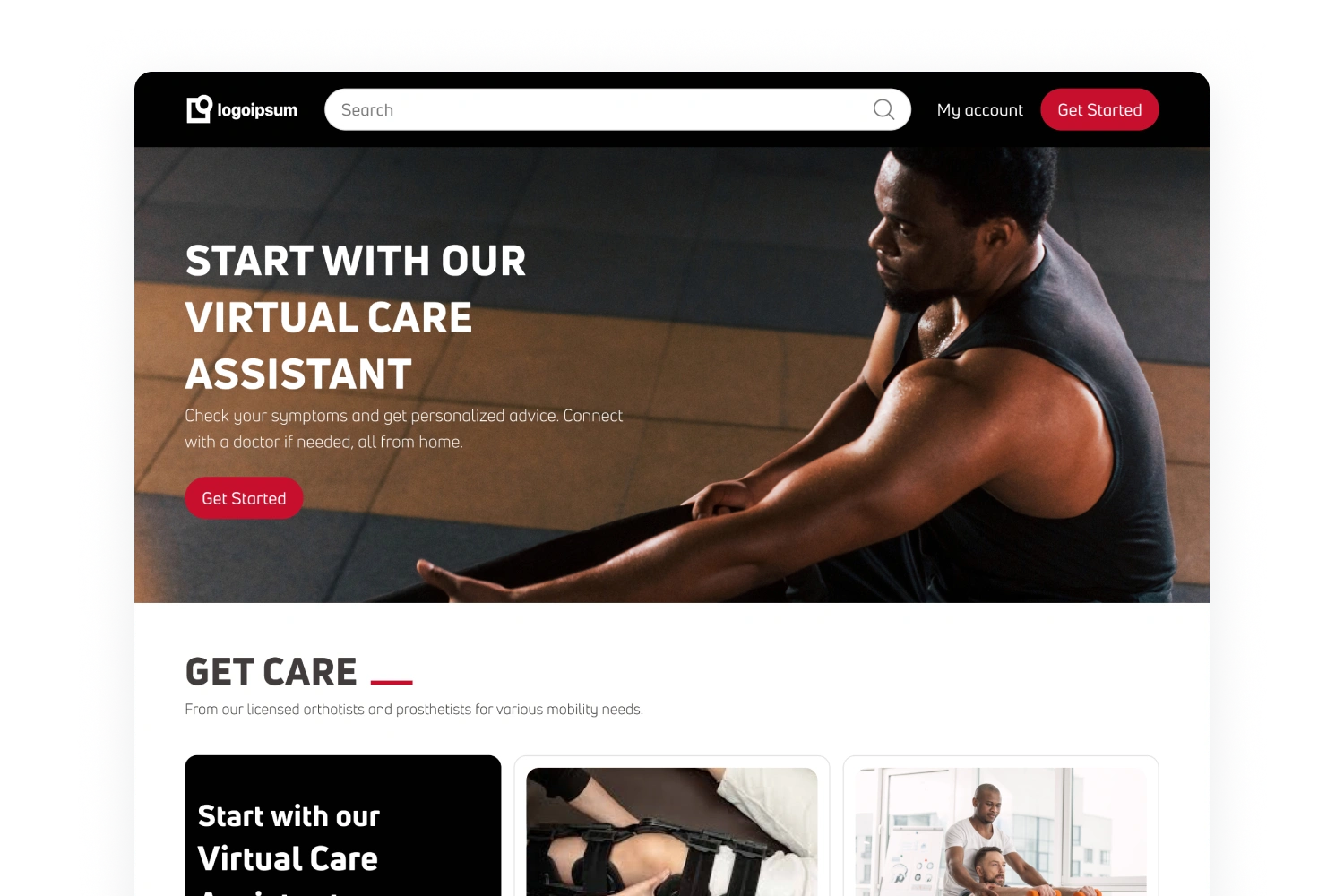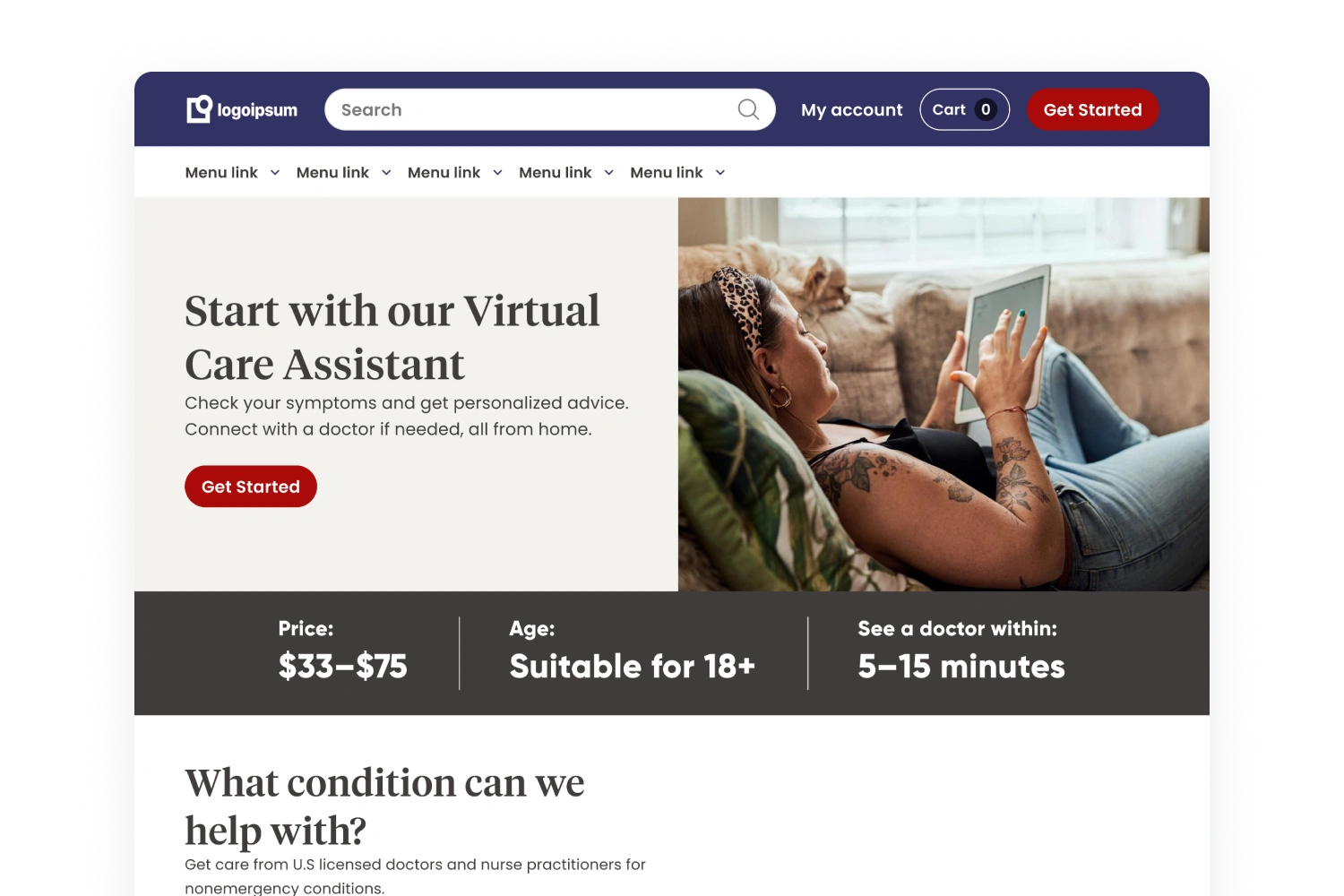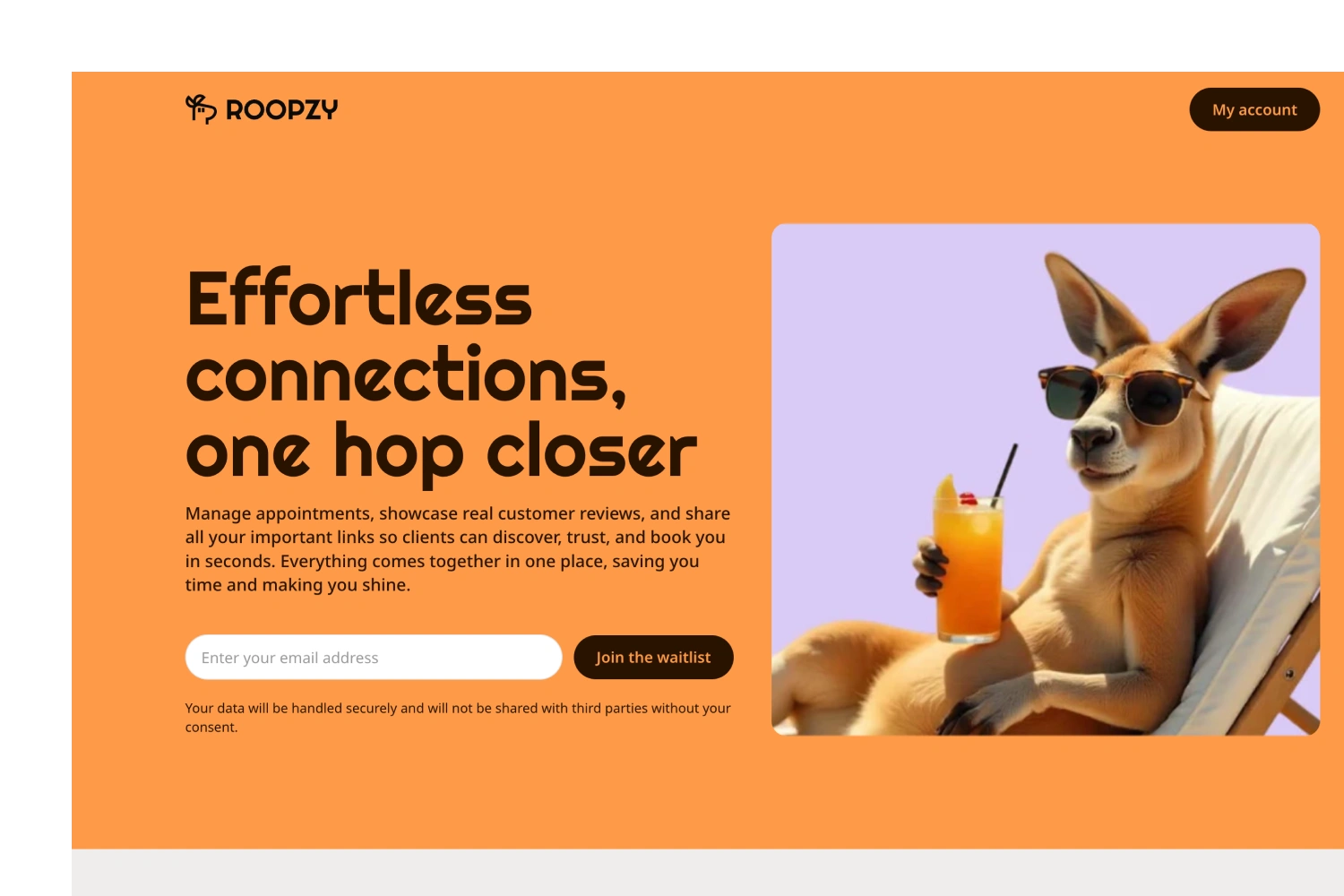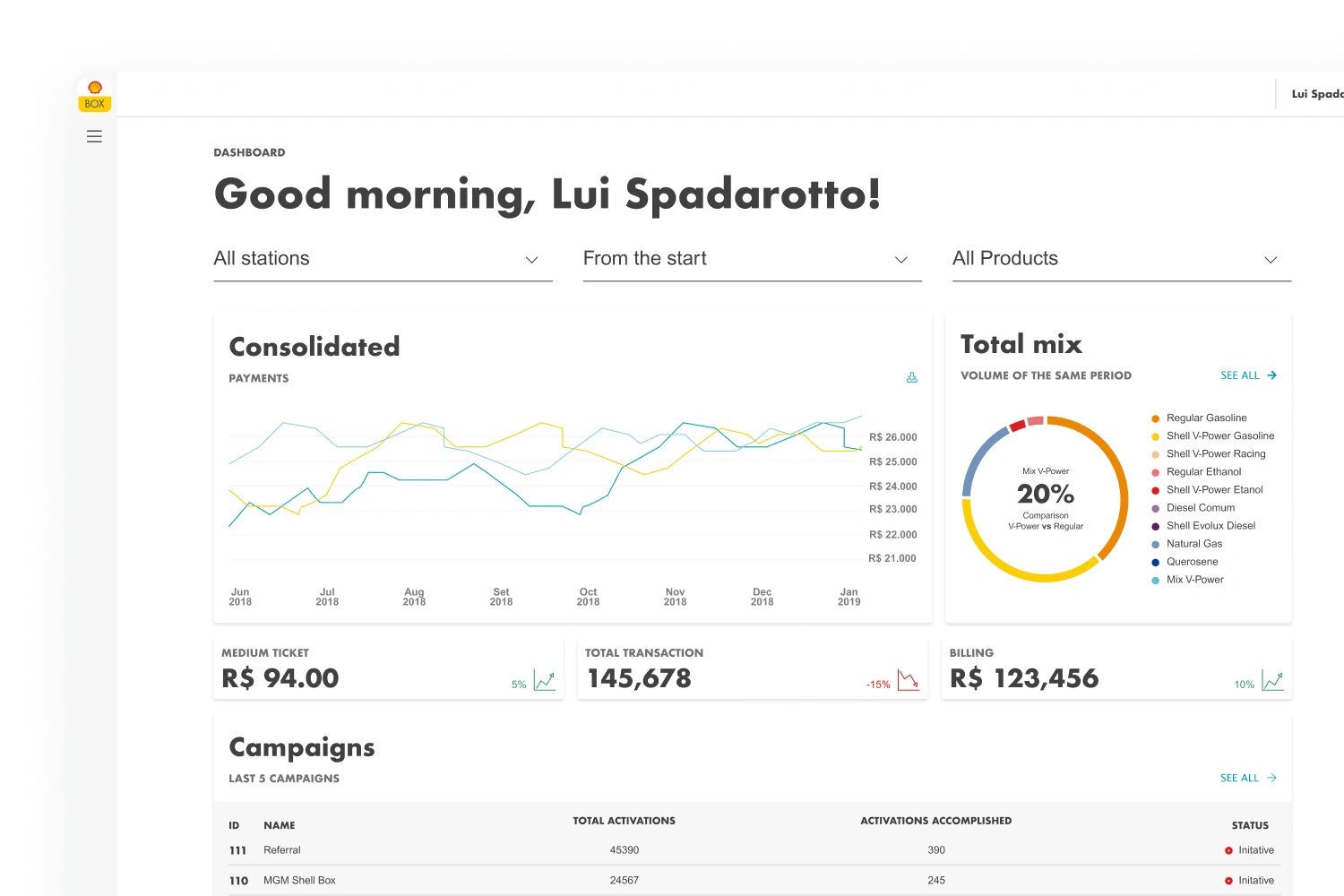Roopzy: A Smart Booking Platform for Small Business Owners
Building from 0→1: A mobile tool to simplify appointments and social visibility. Ongoing solo-led product focused on helping entrepreneurs streamline bookings, showcase content, and centralize communications. All in one place!

